Alfreton Old Tunnel
Alfreton Old Tunnel
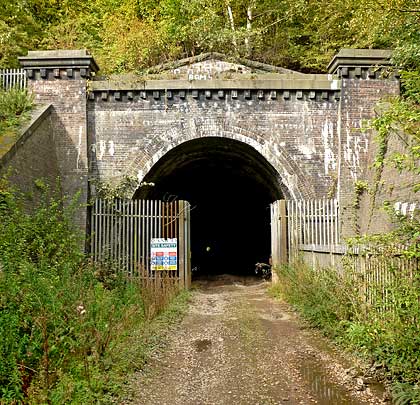
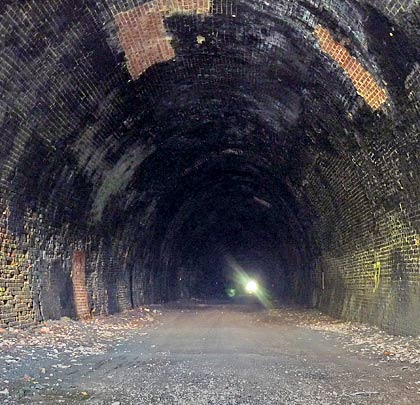
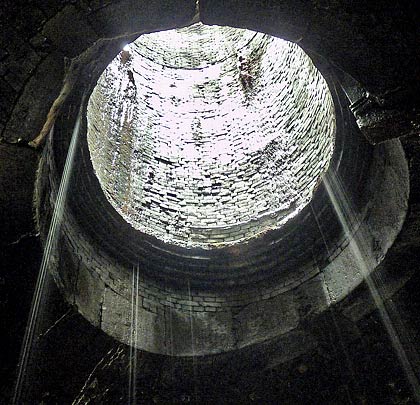
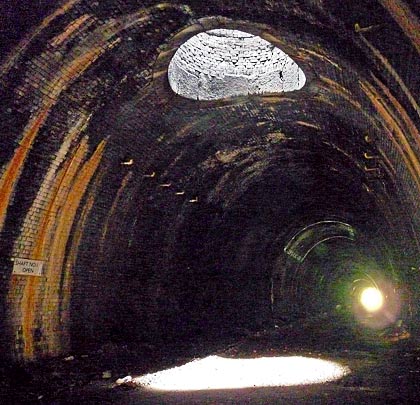
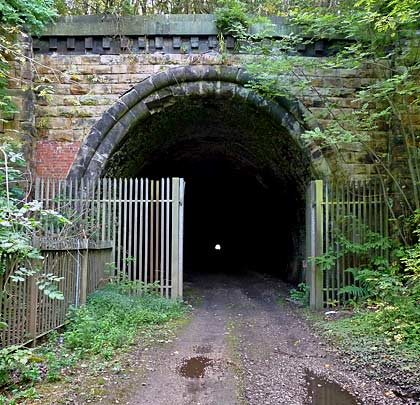





The Erewash Valley line was the missing link in the Midland Counties’ network of routes that connected Derby, Nottingham and Leicester, developed to benefit the local coal industry. A northern spur towards Chesterfield was initially proposed but not built as it would face direct competition from the North Midland Railway which followed a similar path.
However, in 1844, the Midland Railway was formed through an amalgamation of the North Midland, the Midland Counties and the Birmingham & Derby Junction. It almost immediately acquired the Leicester & Swannington and Mansfield & Pinxton, also coal railways, and pushed forward with plans for the Erewash Valley.
The line was opened as far as Codnor Park in 1847 and onwards to Clay Cross Junction, south of Chesterfield, in January 1862. It was an immediate success, serving the collieries, ironworks and brickworks around Ripley. By the end of the century, it was also carrying expresses between London and Leeds, as well as trains heading for Scotland.
The section’s most notable structure was the 840-yard tunnel at Coates Park, Alfreton Tunnel’s original name. Built from three construction shafts which were retained for ventilation, the structure follows a straight course straight and accommodated two tracks.
The south portal is far grander than its north-facing sibling. Constructed in brick, it features buttresses either side of the entrance and triangular wing walls set parallel to the trackbed. The headwall and buttresses boast masonry copings supported by corbels. At the north end, the portal is smaller and constructed entirely in stone, although some later repairs have been carried out in red brick. Around the entrance are two courses of rounded voussoirs.
The tunnel’s profile is horseshoe-shaped and its lining is brick except at the base of the three shafts. A considerable amount of patch repair work has been undertaken over the years.
Traffic through the Erewash Valley was heavy and the tunnel became a bottleneck. In 1899, work got underway to drive a second parallel bore, again involving three shafts, and increase capacity on the approaches. The new tunnel opened in 1901 and retained its operational status when the route was once again reduced to two tracks in the late 1960s.
Maintenance teams now use Alfreton Old Tunnel as a vehicle access route along the line and it remains subject to Network Rail’s inspection regime.







